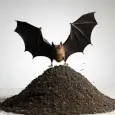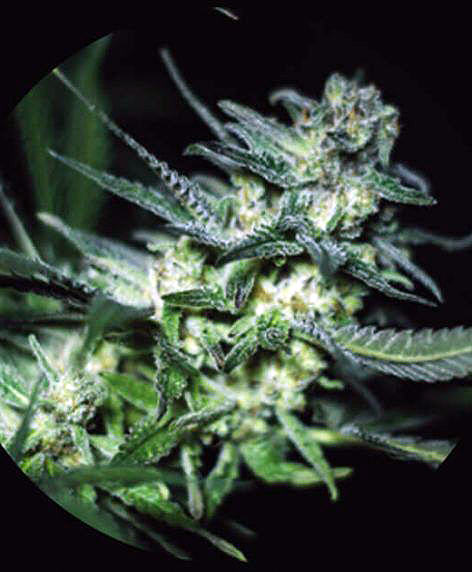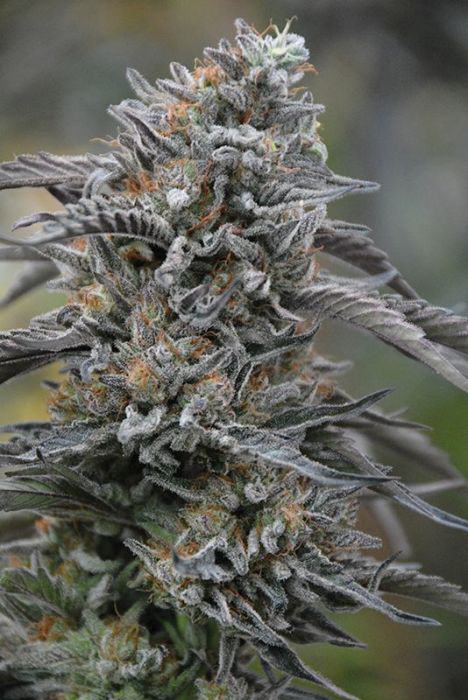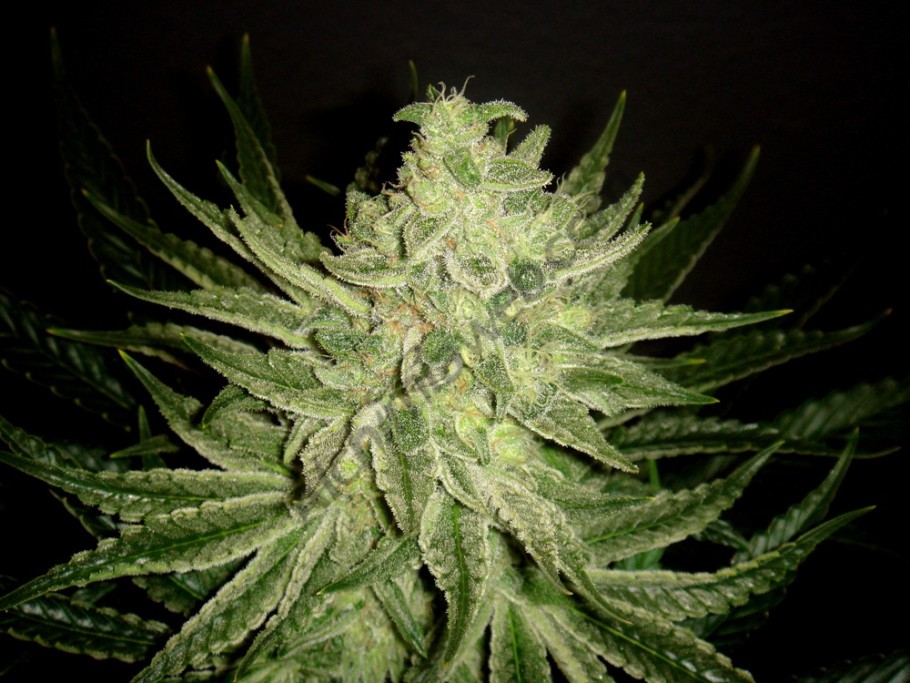Basic nomenclature of cannabis genetics
List of contents
What are IBL, S1, BX, F2 or landrace cannabis plants?

Often, when it?s time to buy cannabis seeds, the beginner grower can quickly become confused by some of the acronyms that are written next to the name of the variety. Simply by learning some basic concepts you'll be able to make the correct choice between seeds with the same name, but different acronym.
There is a big difference between acquiring a second filial generation (F2) or an IBL, even if we talk about seeds of the same variety. These differences will condition the growth pattern of the plants, and also the final product, so that it is almost essential to learn exactly what is the meaning of these acronyms to be more accurate in choosing which seeds to buy, saving ourselves deceptions and getting closer to our preferences.
Pure varieties
Also known as landraces or purebreds, pure cannabis varieties have been the basis of cannabis breeding over the past decades. These species are endemic to a geographical area, where they have developed without having been crossed (hybridised) with other varieties. There are a large number of landraces from all around the planet, belonging to any of the three families of cannabis, C. sativa, C. indica and C. afghanica. Nepal is a good example; in this country different pure cannabis varieties (mostly narrow-leaved mixed use varieties) are grown and you can easily see the differences between genotypes based on the height above sea level at which they are cultivated.
Each variety expresses its genetic code (genotype) with a certain growth and flowering pattern (phenotype), so that pure varieties - with a purest genotype - show great uniformity, with just a few slight differences between phenotypes. We can expect very little variation between landrace specimens of the same variety, giving plants with very similar growth, organoleptic and psychoactive traits. Good examples of these varieties can be Hindu Kush (Sensi Seeds), Colombia Punto Rojo (Cannabiogen) or China Yunnan (Ace Seeds).
IBL or stabilized cannabis hybrids
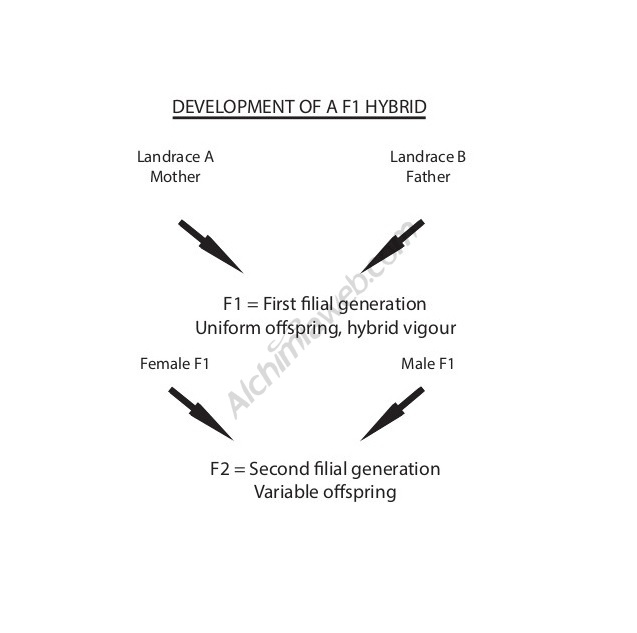
The IBL acronym (in-bred line), means that the cross was made using plants with almost identical genotype (inbreeding). On the contray, outbreeding is employed to introduce new genes into the variety. Although it happens naturally, self-pollination is a common technique used by breeders to fix desirable traits and thus stabilise the genetic line, either with landraces or hybrids. In cannabis genetics IBL seeds should present a highly uniform growth. Classic IBL examples are Skunk and Northern Lights (Sensi Seeds) or White Widow (Greenhouse). There is a lot of work behind IBL's like these, as a large population of pure specimens had to be used to select the correct parents. In addition, the breeder must fight against inbreeding depression, the result of crossing parents with very similar genetic information. The reward for this job made properly is a highly stable seed variety.
If we make a cross between two different landrace or IBL lines (parental A and B) with different genotypes, the resulting offspring will be the F1 hybrid, the first filial generation from the cross of the phenotype #1 (Parent A) with the phenotype #2 (Parent B). Commonly in this kind of crosses we will observe a very uniform offspring, depending on how stable the parents are, of course. The F1 hybrid between two pure varieties or IBL's will show the so-called hybrid vigour - also known as heterosis or outbreeding enhancement - introducing new genes that will produce ?better" specimens.
Varieties like Orient Express (Ace Seeds), Red Afro (Tropical Seeds) or Eddy from Original Delicatessen would be good examples of true F1 hybrid. Thus, we refer to the first filial generation of any cross as an F1, while the term "F1 hybrid" is used when the parents are different landrace or IBLs.
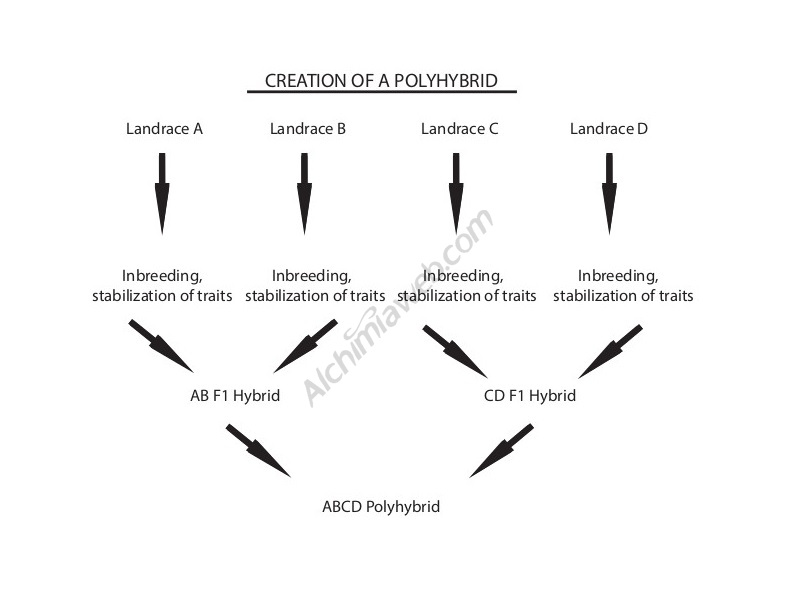
When we cross two F1 individuals (whether landraces, hybrid or polyhybrid varieties), we obtain the second filial generation or F2, and so on with next generations, F3, F4, etc. The second filial generation often gives a more heterogeneous offspring than the F1; we can expect 25% to resemble parent A, 25% to resemble parent B and 50% will be a mixed expression of traits from both parents. As a consequence the stabilisation work must continue generation after generation ( F3, F4, F5?) until we find the generation that gives a uniform offspring with the traits that we are seeking.
Many of the seeds that we can find in shops are polyhybrids, crosses between different hybrids. The offspring of such crosses are in many cases quite unstable, producing plants with very different traits. Keep in mind that in these cases, the genetic mix is very varied, so we can not expect polyhybrid offspring to be as homogenous as an F1 hybrid. It's easy to imagine how complex it can be to stabilise a cross, since we are mixing different genes from different varieties, which makes the selection and stabilisation process of the different traits a very hard work. The vast majority of hybrids on the market are in fact polyhybrids, like the White Russian (Serious Seeds) or Fruity Jack / Jack el Frutero (Philosopher Seeds).
BX or Backcross
Backcrossing is a common technique used by breeders to fix certain traits. This is done by crossing one of the progeny (F1, F2?) with one of the original parents (recurrent parent) which has the desired trait. To have an even more stable expression of the desirable trait, you can cross the BX1 again with the recurrent parent to have a BX2 (squaring) and so on with BX3 (cubing), BX4, BX5...
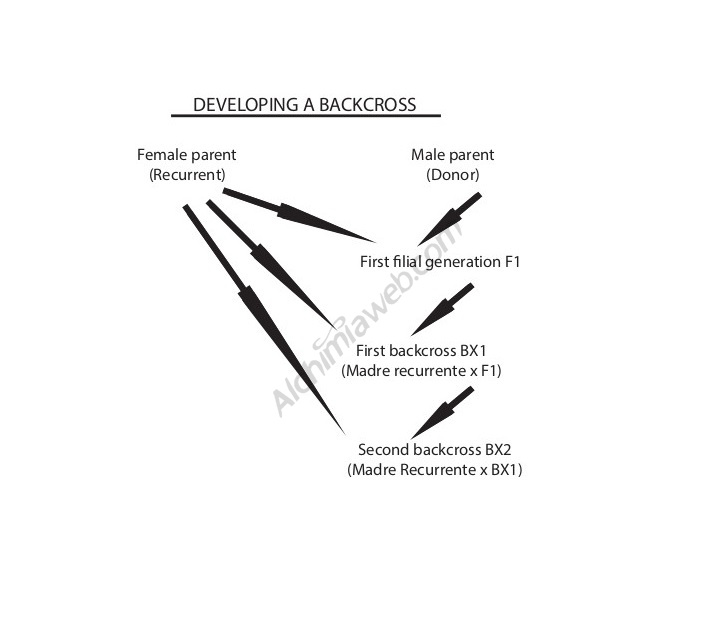
This technique is also used to replicate clones in seed form. It is done by choosing a male parent to cross with the clone only, backcrossing it as many times as needed to get an offspring as similar as possible to the original clone. The Apollo 13Bx (TGA Subcool) is an excellent example of this technique.
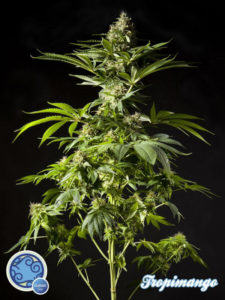
S1, feminised cannabis seeds
The acronym S1 refers to the first filial generation produced as a result of crossing the plant with itself. This is achieved by a range of techniques aimed at reversing the sex of the selected female plant, getting it to produce male pollen and using it to pollinate itself. If it?s done properly, we get feminised offspring with the same genotype of the parent used.
As always in genetics, the more stable the parent is, the more stable the offspring will be. This technique can also be used as a regular backcross, selecting and fixing traits but starting with just one parent. Thus, we can find S2 or S3 seeds, which have been backcrossed again with the original parent. Examples of S1 are Tropimango (Philosopher Seeds), S.A.D. (Sweet Seeds) or Trainweck (Greenhouse).
















































